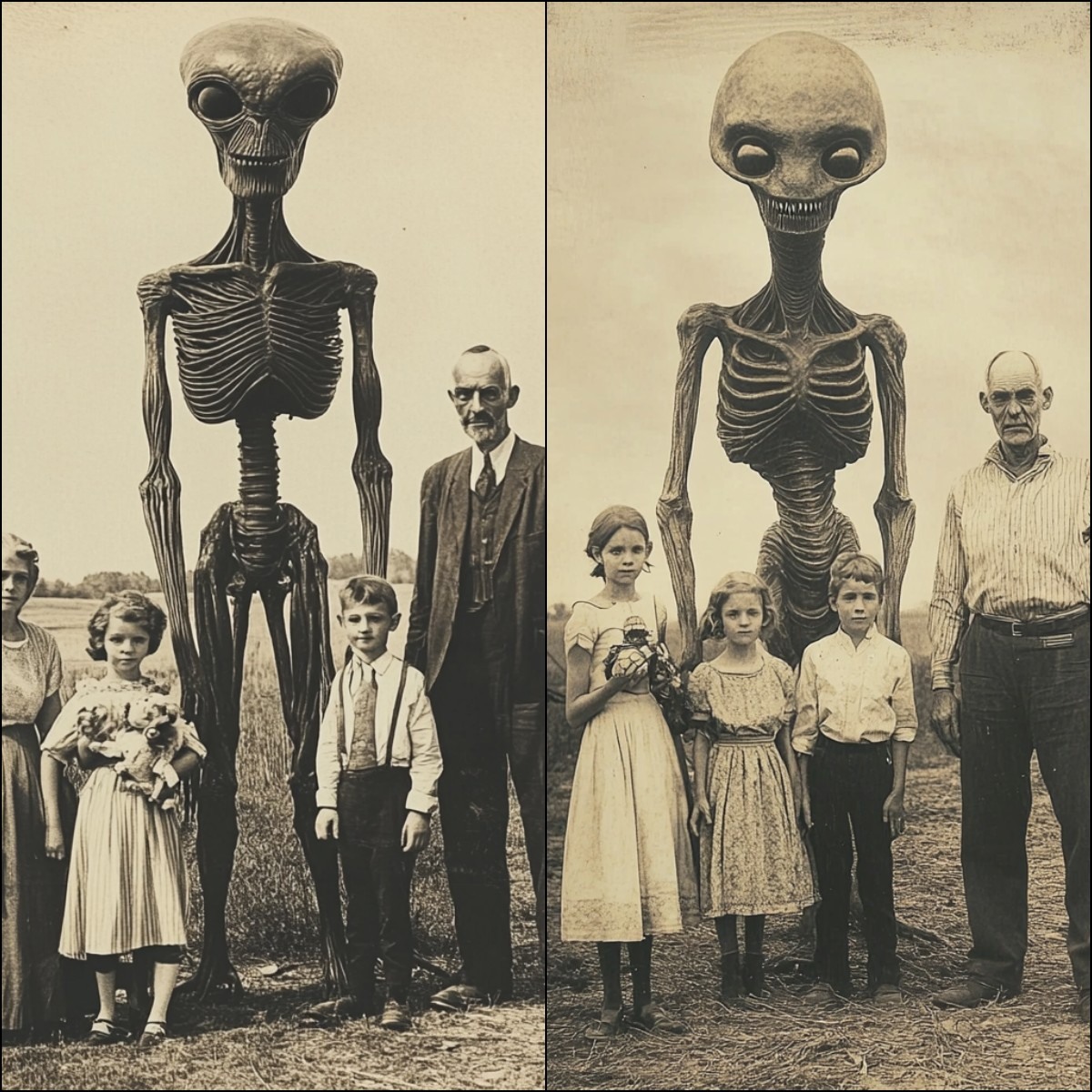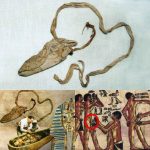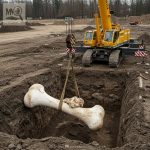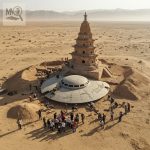The Anderson Family UFO Encounter: A 1917 Mystery Beyond Earth

In the quiet farmlands of 1917, the Anderson family experienced an event that would forever change the way they—and future generations—perceived the universe. Amid the rhythms of rural life, strange lights and inexplicable phenomena appeared in the night sky, leaving witnesses baffled and igniting debates that persist to this day. This historic encounter offers a compelling glimpse into early 20th-century UFO sightings and the enduring human fascination with the unknown.
The Encounter

According to eyewitness accounts passed down through family records and local historians, the Andersons observed unusual lights hovering above their farmland. The shapes and movements defied conventional explanation: glowing orbs moved with sudden speed, shifted direction instantaneously, and emitted an otherworldly luminescence that could not be traced to natural or human-made sources.
In addition to visual phenomena, the family reported sensations of unusual energy in the environment. Farm animals reacted nervously, equipment malfunctioned, and the air seemed charged with an unfamiliar force. These details, while anecdotal, provide rich context for researchers studying early UFO encounters, illustrating the breadth of experiences associated with unexplained aerial phenomena.
Historical Context
The year 1917 situates the Anderson encounter in a period of global transformation. World War I was ongoing, and technological advances were accelerating rapidly, yet aviation and meteorology remained relatively primitive by today’s standards. This makes the Anderson family’s observations particularly intriguing, as the reported behavior of the lights could not be attributed to contemporary aircraft or atmospheric anomalies.
At the time, rural communities were isolated from modern scientific communication, which amplified the sense of mystery and fear. The Andersons’ experience, though locally known, remained largely undocumented in mainstream records until researchers later revisited the case through family accounts, diaries, and regional archives.

Implications and Interpretations
Scholars and UFO researchers debate the nature of the Anderson encounter. Some propose that the event may have been an early example of extraterrestrial visitation, offering a glimpse into a cosmic intelligence beyond human comprehension. Others suggest alternative explanations, including meteorological phenomena, astronomical anomalies, or psychological interpretations.
Regardless of origin, the encounter underscores the enduring human desire to explore the unknown. It invites reflection on how ordinary lives—those of a farming family in 1917—can intersect with extraordinary forces, leaving lasting impressions on both witnesses and the broader historical record.
Cultural and Scientific Significance
The Anderson family UFO encounter contributes to the broader study of unidentified aerial phenomena, helping researchers trace the evolution of reports over time. Early cases like this one provide critical data points for understanding patterns, cultural responses, and potential explanations for UFO sightings in rural settings.
Furthermore, the story enriches cultural narratives about human curiosity, fear, and wonder. By examining such historical encounters, historians and scientists gain insight into societal reactions to the inexplicable and the ways in which extraordinary events shape personal and collective memory.
Conclusion
The Anderson family UFO encounter of 1917 remains a captivating mystery at the intersection of history, science, and the extraordinary. Their rural home became the stage for a phenomenon that defies easy explanation, challenging assumptions about human experience and the cosmos. Whether evidence of extraterrestrial life, atmospheric anomalies, or the imagination of those who witnessed it, the encounter highlights the profound ways in which ordinary lives can intersect with forces beyond our understanding, inviting reflection, awe, and continued investigation.










